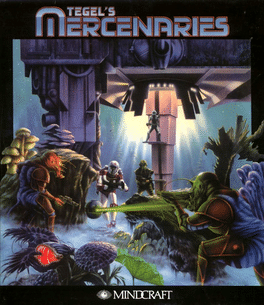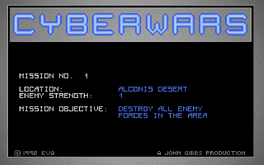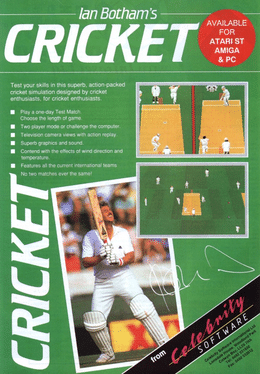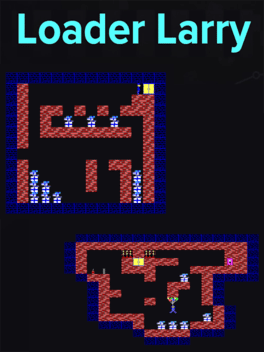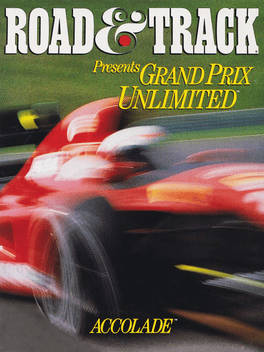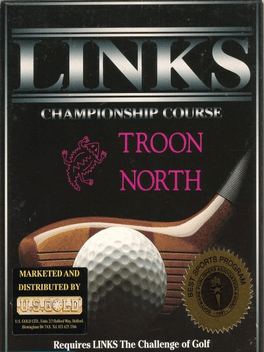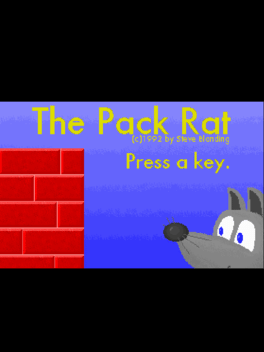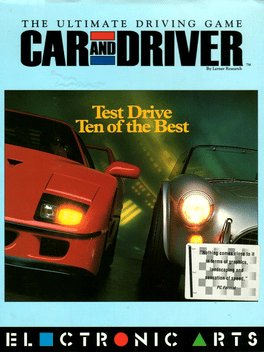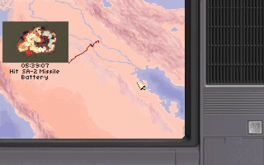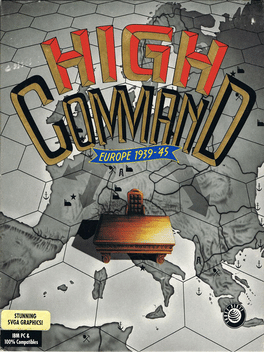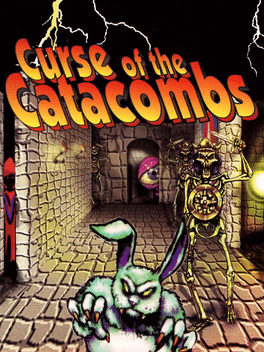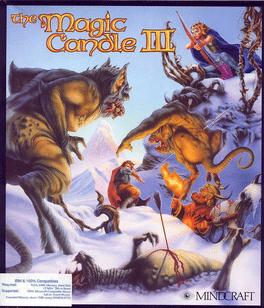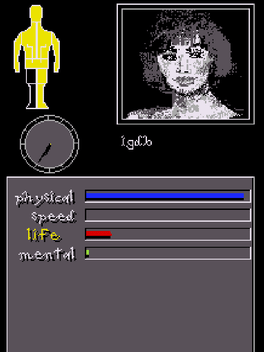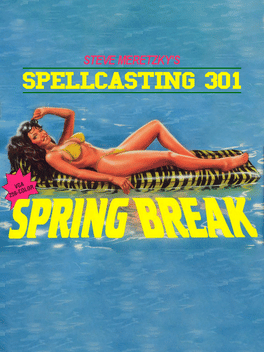New Dos Games - Page 42
-
Tegel's Mercenaries
1992
Tegel's Mercenaries
1992
The galaxy is a rough place and nobody knows this better than General Tegel. He's heading a major offensive to destroy an alien threat known as the K'kistik. But Tegel needs soldiers. Good soldiers. So he's willing to hire anybody of any race and ship them halfway across the galaxy to get the needed missions done. The toughest soldier for any job will have to be Tegel's Mercenaries. -
Cyberwars
1992
-
Where in the World is Carmen Sandiego?: Deluxe Edition
1992
Rehash of Where in the World is Carmen Sandiego?, featuring high-resolution VGA graphics, digitized sound effects, and new locations. The life cycle is self-explanatory: sign up for a case, travel between locations questioning witnesses, obtain warrants, and make arrests, and you have approximately a week to do so. The options you can do in each location are the same: you can question witnesses, look up evidence reports, or contact Crime Net to receive additional information about the suspect such as features, hair and eye color, auto, and sport. If you're lucky, you can contact other informants like Bart Samson and Vinnie the Squealer. -
Ian Botham's Cricket
1992
-
Grand Slam Bridge II
1992
-
Loader Larry
1992
Loader Larry
1992
Larry Lontrose is a part-time dock loader. He is very ambitious and wants to be promoted up the corporate ladder. By solving the 40 mind-bending puzzle rooms, you can help Larry fulfill his dreams. Each room has objects like boxes, balloons, TNT and much more! Use these objects and avoid others, to reach the door in each room to complete a level. -
Grand Prix Unlimited
1992
-
Links: Championship Course - Troon North
1992
Additional course for Links: The Challenge of Golf, featuring the Troon North Country Club, located in Scottsdale, Arizona. -
The Pack Rat
1992
The Pack Rat
1992
The Pack Rat is a DOS platformer released in 1992. The goal of The Pack Rat is to complete levels while collecting coins and wedges of cheese and avoiding environmental obstacles such as water and light bulbs. The pack rat contains single-player and two-player hot seat modes along with a block based level editor however, progress in The Pack Rat cannot be saved. -
Car and Driver
1992
Car and Driver
1992
"Car and Driver" is a 1992 racing game that was developed by Lerner Research and published by Electronic Arts. The developer, Lerner Research, merged with Blue Sky Productions, to form Looking Glass Technologies, later renamed Looking Glass Studios. The game was designed to look and feel like the pages of the "Car and Driver" magazine, and it featured detailed reviews and statistics for each of the 10 playable cars. These cars included the Porsche 959, Ferrari F40, and Lamborghini Countach, among others. The game included 10 tracks, some of which were based on famous driving routes. Notably, the game was praised for its physics model, realism and controls. -
F-15 Strike Eagle III
1992
America's Premier Jet Fighter Returns In Revolutionary New Air Combat Action -
High Command: Europe 1939-'45
1992
High Command is a strategic-level strategy game that places you in the role of leader of either the Allied or Axis High Command in Europe during WWII. As a leader of your High Command you will have to make numerous political, economic and military decisions in your attempt to achieve your war aims -
Links: Championship Course - Mauna Kea
1992
An addon course compatible with Links, Links 386 Pro, and Microsoft Golf. Mauna Kea is located on the island of Hawaii and is one of the islands top rated golf courses. -
The Dark Half
1992
The Dark Half
1992
The Dark Half is a point and click story based adventure game based on the Stephen King novel of the same name. It was released in 1992 by Capstone and even though many consider it to be a terrible game, it is highly sought after and considered a cult hit. -
Curse of the Catacombs
1992
Curse of the Catacombs, also known as Catacomb Armageddon, is the sequel to The Catacomb Abyss. Curse of the Catacombs is a first-person shooter very similar to the previous game. Once again, you're a mage whose quest is to destroy the evil Nemesis. Just like in the previous installment, you can throw fireballs at your foes or use them to destroy certain walls. You can find bolts and nukes which allow more powerful attacks, healing potions, scrolls and keys. You can also find gems which allow you to see approaching enemies on your radar. Of course, there are completely new levels to explore and many new enemies to fight, such as harmless rabbits which suddenly turn into fearsome beasts, or evil trees which can be set on fire. -
The Magic Candle III
1992
-
Simulador Profesional de Fútbol
1992
This game offers the possibility of having any of the teams of the Spanish Primera División (92/93 season) under your control, all that mixed in a top-down scrolled football simulator, which disposes of all the players, teams, stadiums, etc. with its real names and even voice effects for each one of the stopped-ball football situations. -
Blind Wars
1992
Blind Wars
1992
Would you like to try playing RISK without knowing how many armies your opponent controls? Here is your chance. Blind Wars is very similar to RISK, except that you cannot see your opponents' armies, nor can your opponents see yours. This makes for unpredictable outcomes to the game. This game is a four player game, where three of the players are computer-controlled. Although it is similar to RISK, you are not playing on a true world map. You play on a group of countries and you are trying to take control of the 77 cities. Also in the game are various random occurrences that can affect the outcome of the game. Occurrences such as a city defecting to the enemy, or increased armies in a city or country happen randomly throughout the game making the game even more unpredictable. -
Defender of Boston: The Rock Island Mystery
1992
You play the role of a private investigator in 1921.
